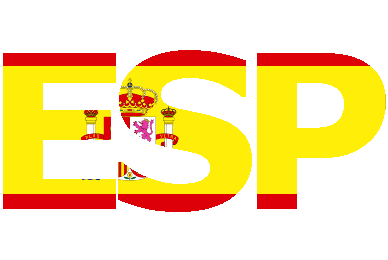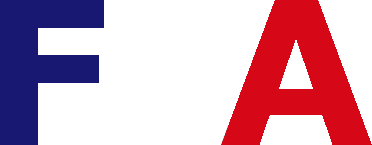
To guide the visitor through the exhibition, we have classified all the figures inside an arbitrary list of origami techniques or styles. It is based in what we call the SEVEN FOLDING TENDENCIES
Essential |
Organic |
|
Modular |
Elemental |
|
Geometric |
Hyper realistic |
Sculptural |
An orthodox figure is made only with foldings, without cut or paste.
Firstly, this method was defended by Miguel de Unamuno in the early XX century and then by A. Yoshizawa in Japan and by Grupo Zaragozano de Papiroflexia in Spain, in the 40's and 50's.
Elemental folding |
Essential folding |
Modular folding |
Geometric folding |
|---|---|---|---|
|
Uses a minimum number of folding resources, usually fixed foldings, easy to do and to remember, that can be completed in few minutes. The easiness goes from the naiveness of some creations, to the synthesis of the expressive features. It can be done with any kind of paper. Elemental models are perfect for initiation, education, fast folding, recreational modelling... Traditional origami is considered the patrimony that the humanity before XXI century left to us. This tendency has and will have a numerous legion of origamists. |
The origamist have a dialogue with the paper. Akira Yoshizawa The artist tries to express a feeling through the creasing of paper.It is not about getting a similarity with reality, but an evocation. Here, the sensuality and emotive qualities are shown in the "essence" of the model. Arbitrary and temperamental creases appear. The knowledge the characteristics of paper is a must. The beginning of this tendency came from the father of modern origami, the Japanese Akira Yoshizawa, the first who tried to trap the essence of a butterfly, a swan or a flower in a paper figure. |
With fixed folds we are able to obtain one or some pieces that, repeated and conveniently assembled as if they were bricks, can make an everything, the wanted model. Exploding the characteristics of paper, the adequate pieces and the correct framework, it is possible to make big sized structures, almost architectural. Some unique models can be used to complete diverse models, different between them. There are models which could be divided in hundreds of thousands of modules done with paper sheets, notes, tickets or even flexible plastic sheets. The modular folding is monitored by disciplines like architecture, design or engineering. |
A studied, precise, laborious and difficult set of mountain and valley folds, transforms the two dimension flat into a three dimension structure. The memory of the creases and the smoothness of paper is helpful to develop models with a simple movement. A lot of them present a metamorphic capacity. One creation can adopt different shapes, because of the different tension that it can be submitted to. This tendency may be used both for the pleating of cloth and for folding, transportation and unfolding telescopes or solar panels on satellites. This system of geometric folds creates an inner structure that gives a tessellation aspect, thanks to the translucent property of paper. Contradictory tessellation, because it is made from only one piece. Tessellation: made with tiles (RAE). Tile: every piece that forms a mosaic (RAE). |
Hyper realistic folding |
Organic folding |
Sculptural folding |
|---|---|---|
|
With a design, a plan and a goal, taking the paper to its flexible and geometrical limits, we want to obtain high realism and exhaustive level of detail. Everything, if its possible, without forgetting expressivity. One of the contexts in which this technique fits best is the folding of insects, little animals or vegetables. The idea is to confuse the hypothetical watcher with a real animal or vegetable. Through the 80's and 90's, origamists addicted to this tendency started a non-stop challenge. The meaning was to praise the creator who could get the highest number of peaks from one paper. The classic challenge of obtaining an orthodox quadruped was achieved soon. Hands with fingers appeared, insects with wings and antennas, animals with closed bodies (without a belly wide open, typical in traditional foldings) and many more achievements. |
It wants to produce models following a biological pattern. This tendency was started by CRIMP, French centre of investigation, lead by the artist Vincent Floderer. The organic folding rejects orthodox values of symmetry and classic geometry, to obtain, through what is known as froissage or wrinkled, models that allude biological and geological textures, independently of the precision. One of the most characteristic models of this tendency is the ufo, unknown flying origami, a kind of paper balloon with a kind of cilium or peaks. |
Paper expressing itself thanks to a fine knowledge of its characteristics and properties, that let stand on shapes and volumes through the usage of curves and contracurvas, creases and contra-creases and everything under the law of "only folds" in mind. Among all the most innovated artists in this technique, we can name Eric Joisel (1956-2010). |







